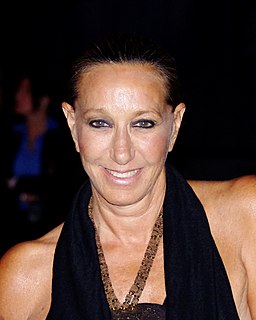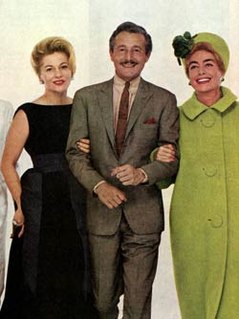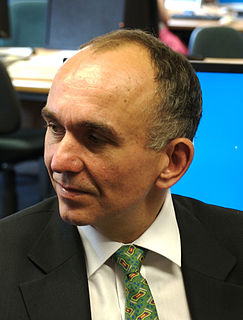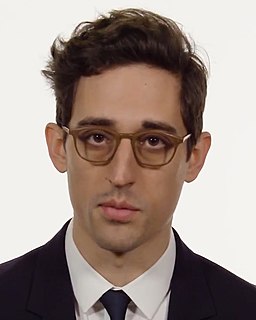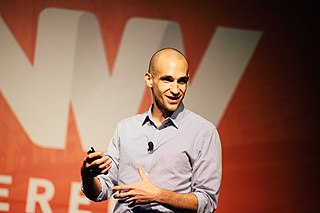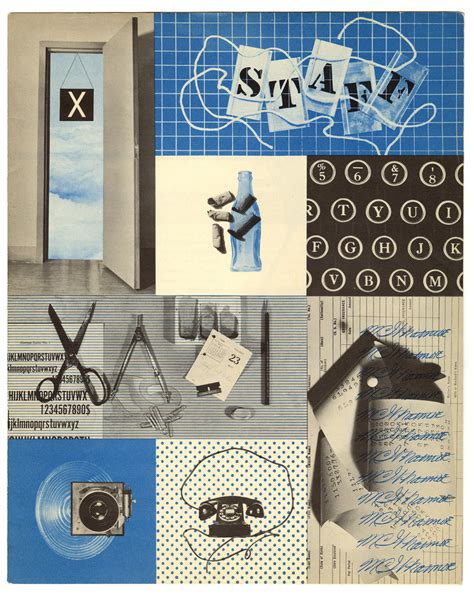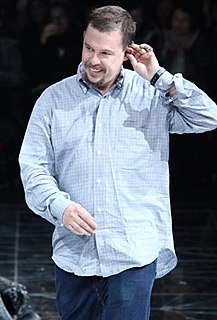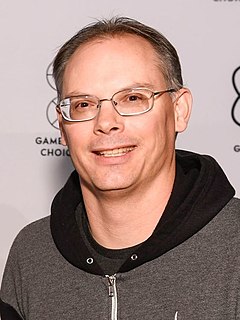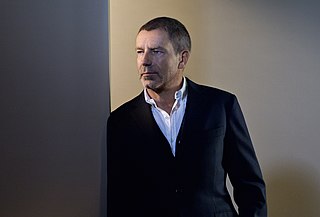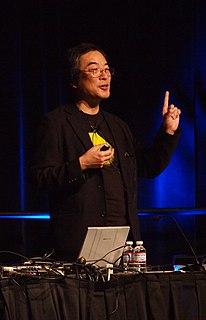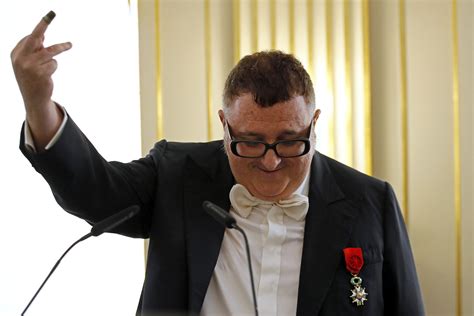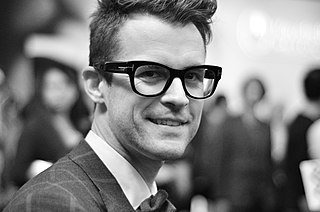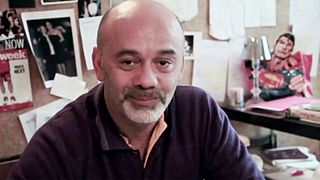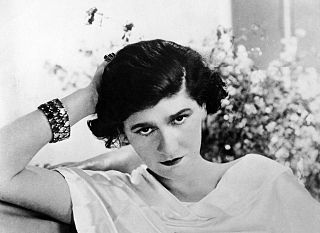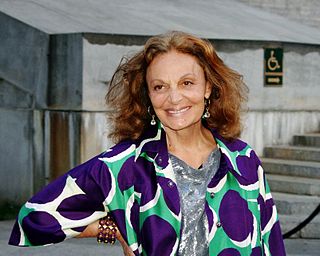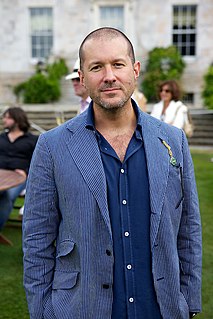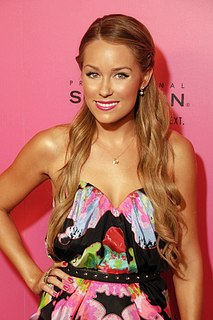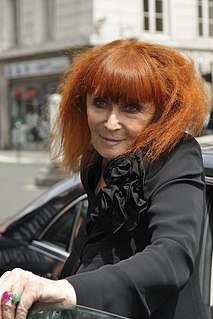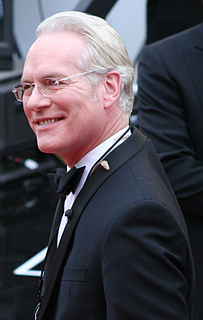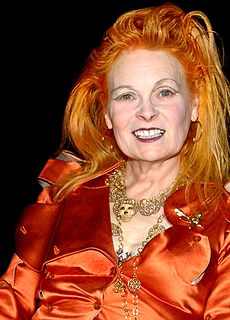A Quote by Donna Karan
You don't have that much choice in your life, which is one of the big lessons I've learned. I was going to be a designer whether I wanted to be a designer or not. So there I was.
Related Quotes
How a designer gets from thought to thing is, at least in broad strokes, straightforward: (1) A designer conceives a purpose. (2) To accomplish that purpose, the designer forms a plan. (3) To execute the plan, the designer specifies building materials and assembly instructions. (4) Finally, the designer or some surrogate applies the assembly instructions to the building materials. What emerges is a designed object, and the designer is successful to the degree that the object fulfills the designer's purpose.
The words graphic designer, architect, or industrial designer stick in my throat, giving me a sense of limitation, of specialisation within the specialty, of a relationship to society and form itself that is unsatisfactory and incomplete. This inadequate set of terms to describe an active life reveals only partially the still undefined nature of the designer.
I was literally 3 years old when I started drawing. I did it all my life, through primary school, secondary school, all my life. I always, always wanted to be a designer. I read books on fashion from the age of twelve. I followed designer's careers. I knew Giorgio Armani was a window-dresser, Emanuel Ungaro was a tailor.
I'm an unbelievable designer. I don't know how I know and just do these things. I just start sketching and then I just know the colors and I always know the forecast. I know green and purple are going to be hot. I was born to be a designer. I worked hard to be a tennis player, I don't work hard to be a designer.
Andrew Preston and I moved to Florida, to get some air. Am I going to live there forever? No, I'm not. But I have a warehouse, all white, concrete floors, a big, big space with very high ceilings and nothing inside. And that's where I go to work, and I like that because I just like to be alone and quiet. Is it explainable as a typical fashion designer? No. But am I a typical fashion designer? I don't think so.
